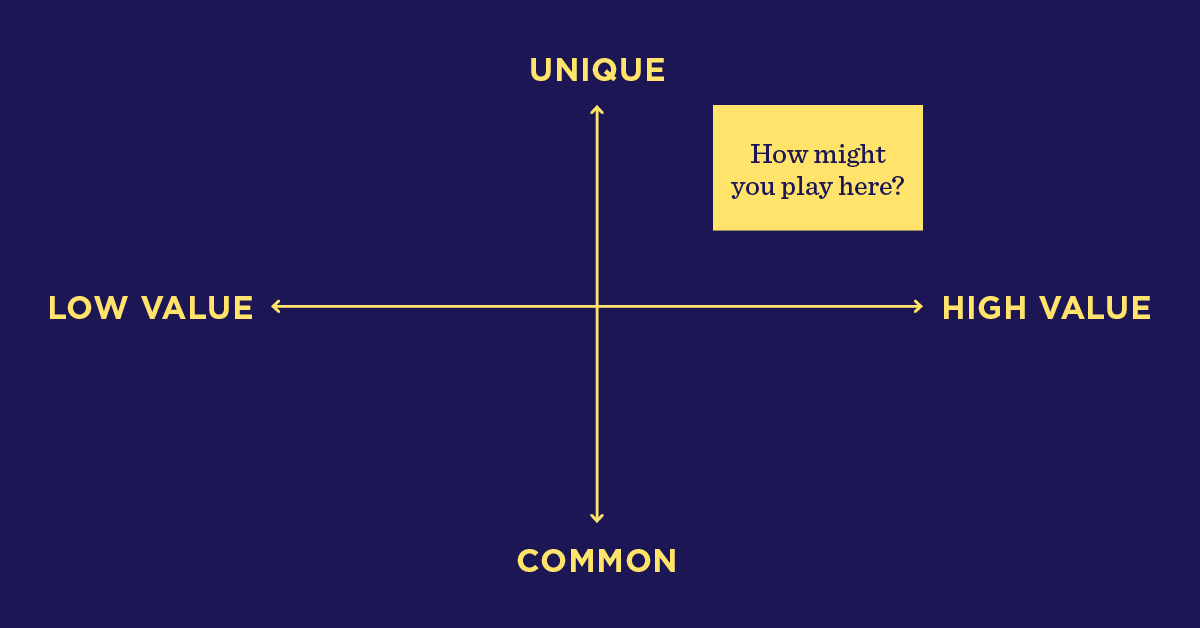Guy Kawasaki on the Art of Influence
We live in an age of information overload. Cutting through the noise and truly captivating our audience is not just important, it’s necessary. But how do we do this?
Guy Kawasaki has dedicated his entire career to this question. Through his early days as a Chief Evangelist at Apple, he learned how to create impactful messages as he marketed the Macintosh computer line. Since then, he has published several books, including Enchantment: The Art of Changing Hearts, Minds, and Actions, and currently works as Chief Evangelist at graphic design platform Canva.
In this episode of the Creative Confidence Podcast, Guy shares what it means to work as a brand evangelist and qualities that help you enchant and captivate an audience.
Listen on Spotify or Apple Podcasts
Four ways to engage your audience
1. Benefit the other
Be a great brand evangelist. “Evangelism comes from a Greek word meaning bringing the good news,” explains Guy. “The crux of evangelism is the benefit of the other person.” Unlike other forms of sales, evangelism is focused on helping others. Following this mindset, Guy recommends only sharing what you genuinely believe will be useful to others.
2. Focus on differentiation & value
To determine what’s worth working on, Guy uses a 2x2 matrix. The vertical axis measures differentiation or uniqueness, while the horizontal axis represents value. Guy focuses on things in the upper right-hand corner of the matrix—both unique and valuable. For example, the iPod was successful because it was the only device with an easy-to-use interface, and it could also deliver a wide selection of music legally and inexpensively.
This framework not only applies to products and services but also how you consider your own value and personal brand. “Be in the upper right corner of the matrix, where you have a unique skill set that is extremely valuable,” advises Guy. “In that corner, you’ll get more opportunities.”

Spend your time in the opportunity corner—building and supporting products, services, and skills that fall at the intersection of differentiated and valuable.
3. Build trust
To gain trust, it should go both ways. “If you go through life thinking, ‘well, I'll trust somebody as soon as they trust me,’ you will not succeed,” emphasizes Guy. “You have to trust first.” He shares the example of Zappos, which offers free shipping both ways, a policy that could have easily been abused. However, the company trusted their customers by default, which encouraged them to order shoes online. This mutual trust ultimately created the foundation for Zappos’ success.
4. Back up your recommendations with story
Whenever Guy makes a recommendation, he backs it up with a story. "Storytelling is a powerful tool,“ he says. “Stories are memorable, stories are relatable, stories break the ice.” He shares two tangible ways you can improve how you communicate:
The Opposite Test: Listen to your competitors and how they describe their product. Then, use adjectives and descriptions that are the opposite of what they’re saying. Guy is wary when companies say they are “paradigm-shifting” or “revolutionary,” because they end up being buzzwords that don’t feel unique at all and don’t convey meaning.
The Elevator Pitch: It’s important to be brief. “You should be able to explain anything in 30 seconds,” says Guy. He also tries to limit all his presentations to 10 slides.
By mastering these skills, you’ll be able to get closer to changing hearts and minds. But don’t feel discouraged if you don’t get it right the first time. “Failure is a better teacher than success,” says Guy. “With success, it's very difficult to separate correlation from causation.” Instead, he reframes his thinking: the opposite of success is not failure; the opposite of success should be learning. “As long as you’re learning, while it might not be successful, at least you’re gaining something of value.”
Learn how to craft powerful and compelling stories that will help you communicate your big idea and have greater influence and impact in our Storytelling for Influence online course.
- choosing a selection results in a full page refresh
- press the space key then arrow keys to make a selection



